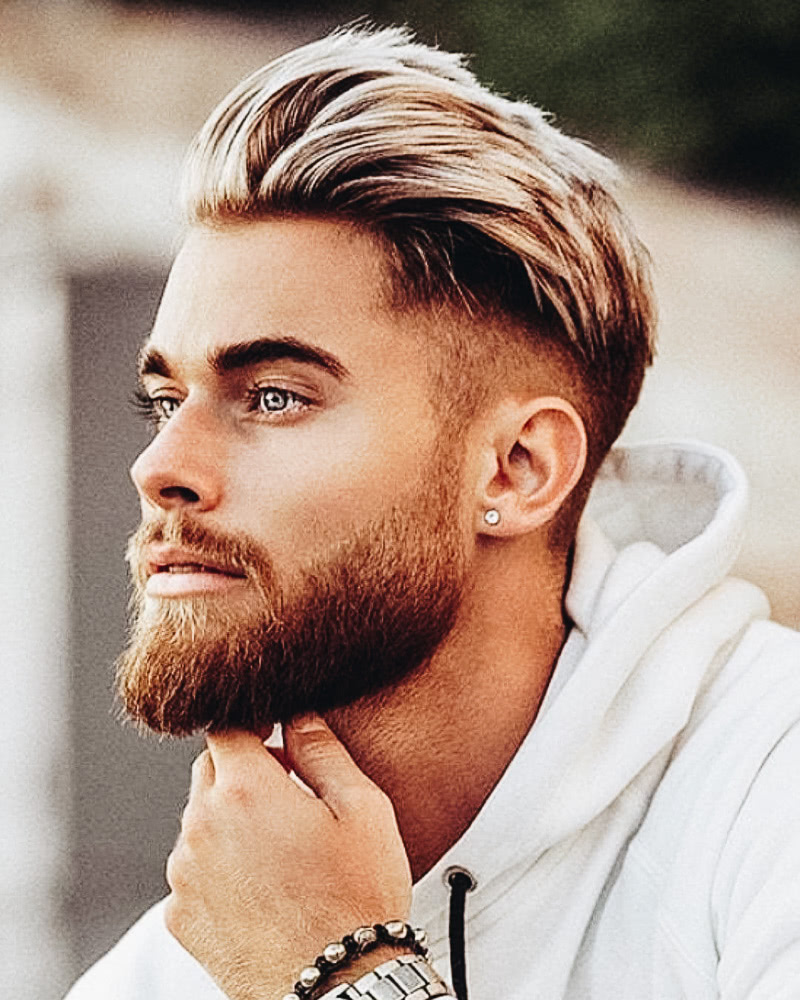When visiting a hair professional, being able to clearly describe your ideal haircut is vital for reaching the desired look. A thorough description enables the stylist understand your vision and reduces the chances of miscommunication. To make sure that you get the haircut you want, it is necessary to get ready in advance and consider several critical factors when expressing your style goals. These factors include hair cut, consistency, design, and any specific features that you would like to add.
First, consider the length of your hair. Haircuts can range from very short styles like pixies to long layers that fall below the shoulders. It is helpful to specify whether you want a trim, a significant cut, or a complete transformation. Using precise terms such as "shoulder-length" or "mid-back" can provide clarity. Additionally, discussing the possibility of bangs or layers helps the stylist visualize your request more accurately. Being clear about how much length you wish to maintain or remove will significantly influence the outcome of your haircut.
Secondly, hair consistency plays a key function in determining how a style will appear. Different hair types—such as sleek, rippled, curly, or kinky—respond differently to specific styles. When explaining your ideal haircut, it is important to note your tresses’ inherent texture and whether you intend to use any hair tools or formulations. For example, if you have dense hair, you may want to ask for thinning techniques to reduce volume. Conversely, if your hair is thin, you might seek texturizing that add volume. This information enables the stylist to tailor the style based on how your grooming essentials for men strands behaves.

In addition to hair length and structure, discussing the overall look you want can provide guidance for the hair professional. There are a variety of haircuts to select, including classic cuts like blunt cuts and contemporary options like angled cuts. It is beneficial to share references of looks that appeal to you—these could be images from print media or online portfolios. Highlighting specific elements such as blended lines, sharp lines, or stacked layering can help conveying your idea more effectively. This guarantees that both you and your stylist are on the same page regarding desired outcome.
Finally, don't neglect to mention any unique features that might elevate your haircut. This could involve factors such as facial find out here structure or individual aesthetic choices that affect the final look. For instance, those with circular face shapes might prefer soft angles to elongate their profile, while clients with angular face shapes may choose softer layers to diminish their jaw structure. In addition, talking about shade preferences can also be part of this consultation; noting if you want highlights or a single shade can further define your desired result.
In conclusion, effectively communicating your ideal haircut involves careful evaluation of several key elements: hair length, texture, look, and unique features. By preparing in ahead of time and being clear about these aspects, individuals can significantly enhance their experience at the studio and boost the chances of leaving with a result they love. A successful consultation with a stylist is founded upon open dialogue and shared expectations. This team effort ensures that both guest and stylist collaborate towards achieving the perfect look.